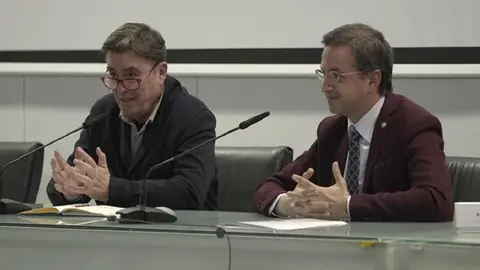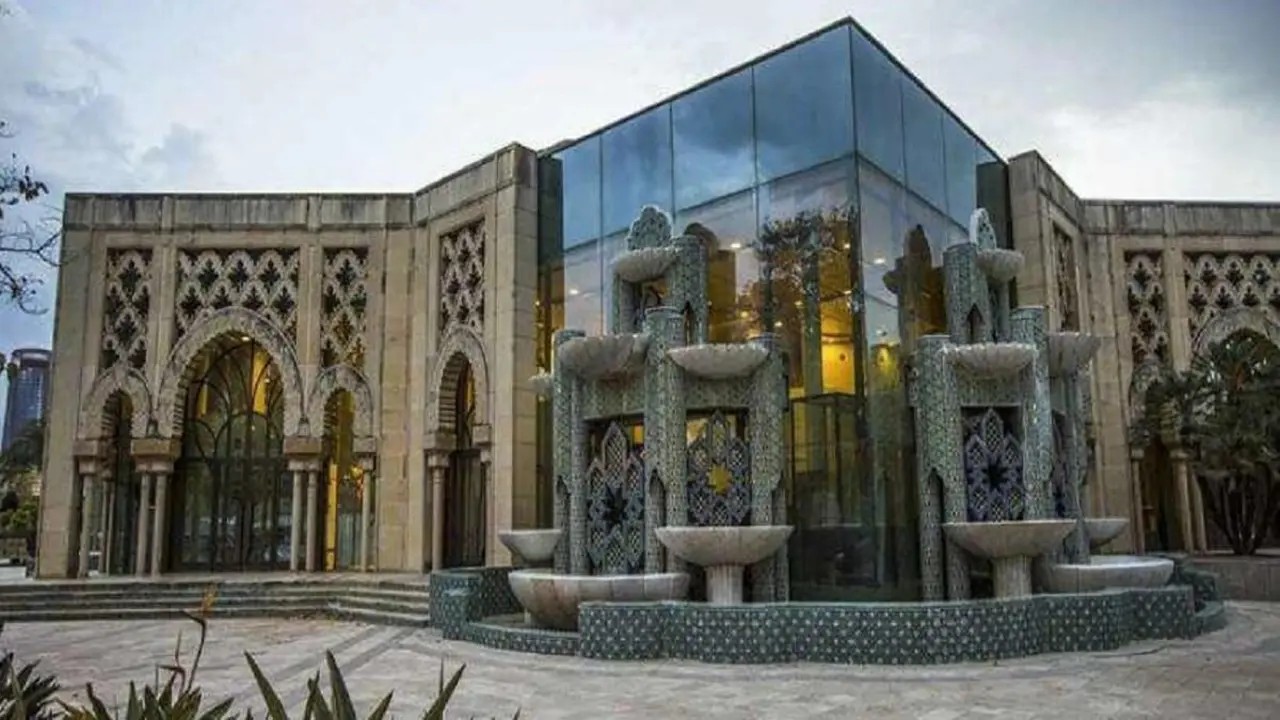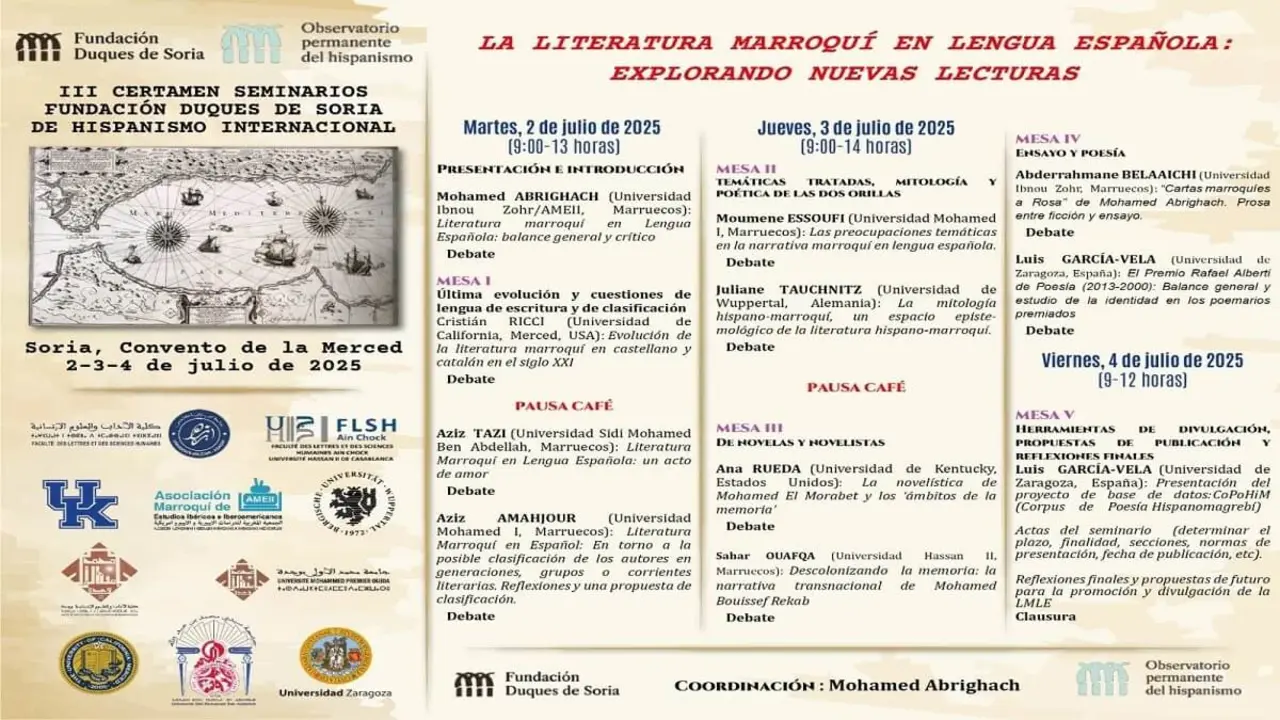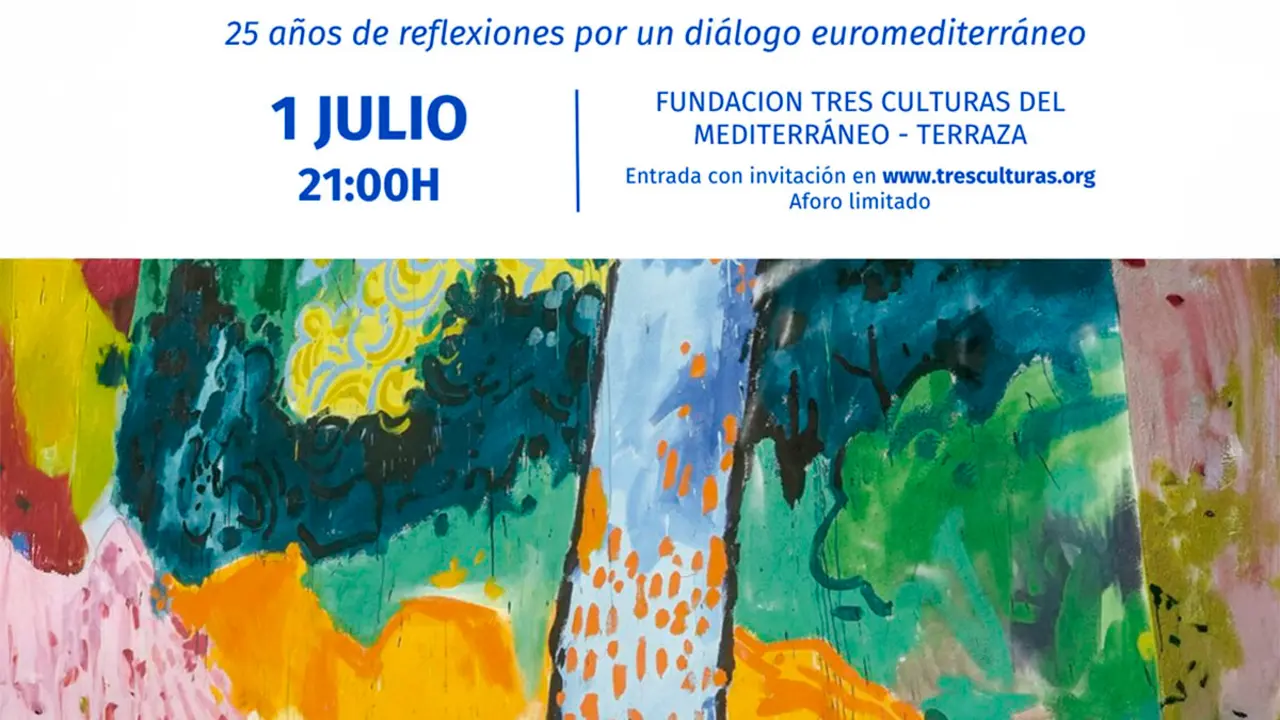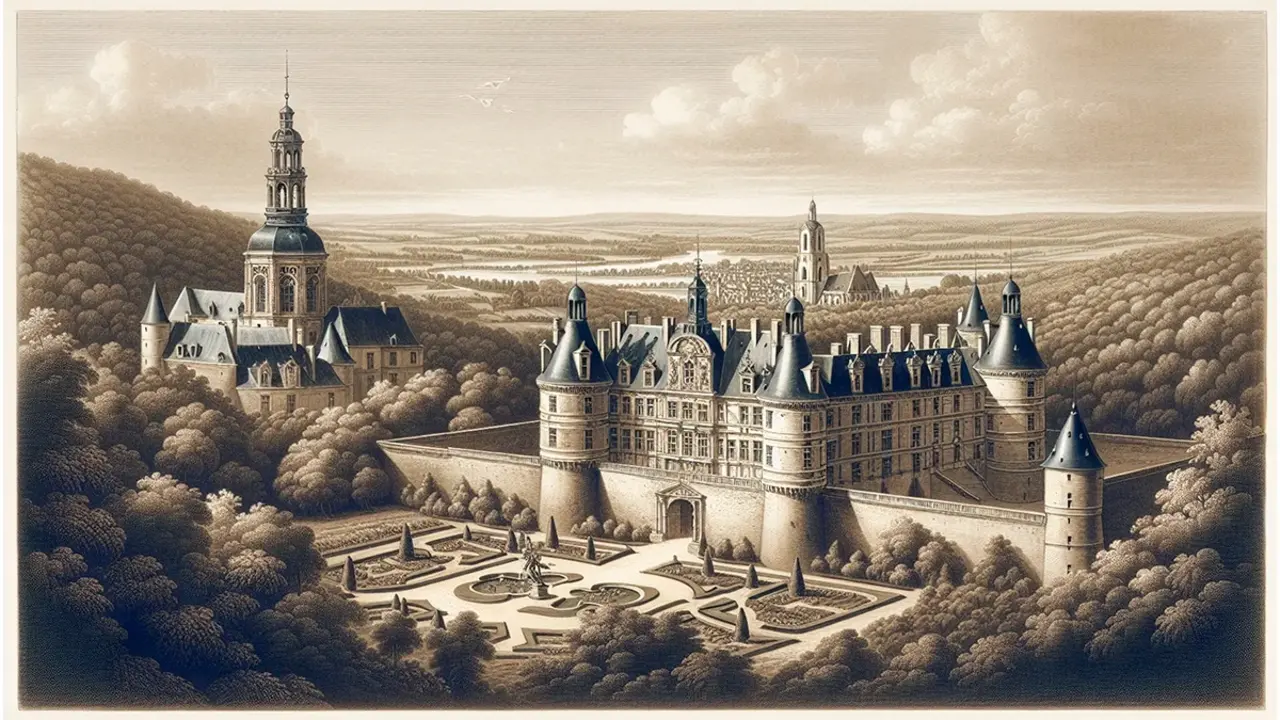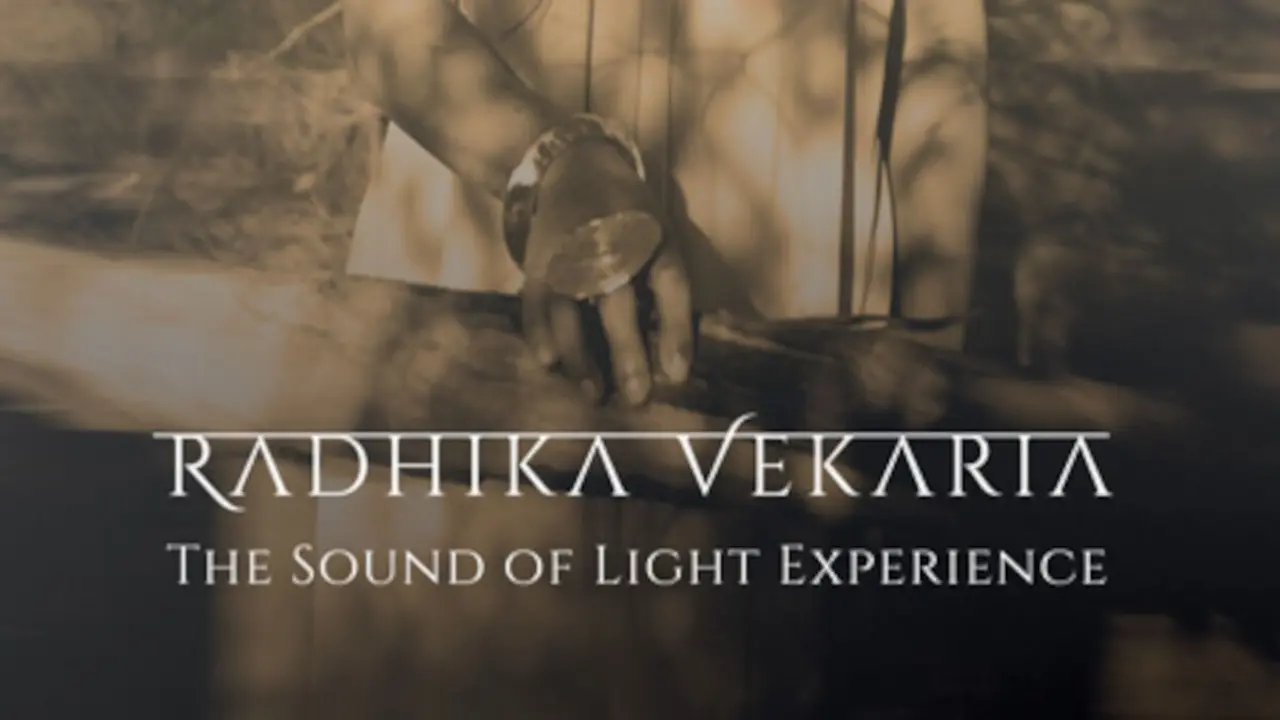Javier Rioyo: "After Tangiers, the door I don't want to close is the door of curiosity"
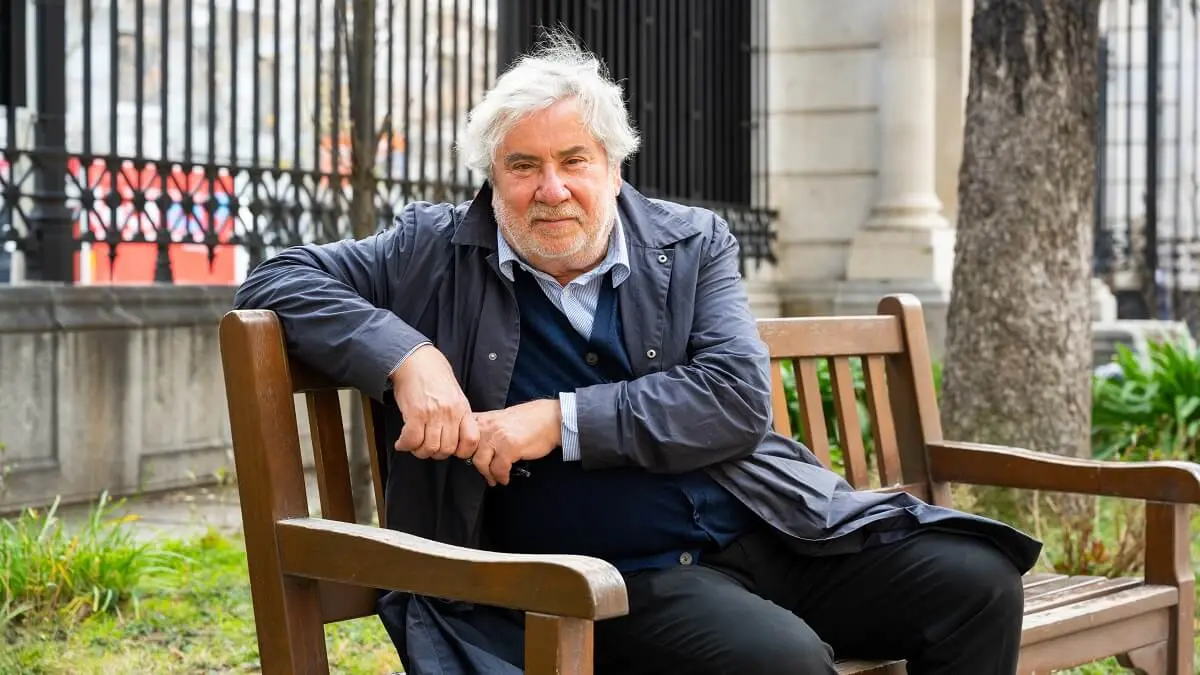
New York, Lisbon and Tangiers. These have been the cities in which Javier Rioyo has directed the Cervantes Institute in recent years, after a long career as a journalist, scriptwriter, filmmaker and writer. He has been in the Moroccan city, which was the subject of his documentary "Tangiers, the old lady", for almost five years, a time in which he has established a close relationship with the local authorities, organised interesting events, opened a branch in Larache, spread the Spanish language and got involved with the citizens, reasons for which he received the Medal of the city. Between the nostalgia of what it was and the great changes that this Moroccan corner overlooking the coast of Cádiz has undergone, Rioyo tells Atalayar about the Spanish influence, its incredible growth, and his future projects that could lead him to film again in Tangiers.
Almost five years at the Cervantes Institute in Tangiers, will you leave with your homework done, with your objectives achieved?
I am hyperactive and I have a high critical judgement, so I always think that things can be done better and more. But yes, I am happy. When I arrived, the centre was functioning normally, at an adequate pace, but I think I gave it a good boost despite the pandemic and the moment of difficult political relations between Spain and Morocco.
I saw that what there was in Tangiers historically, culturally and socially was of great affinity with Spain and the Spanish world. We are the country that has influenced Morocco the most and in Tangiers there is a majority Spanish population. Let us not forget the geographical position and the Spanish stamp on Tangier, which was extremely important during the 19th and part of the 20th century. In the 40s and 50s there were 45,000 Spaniards, with the Seville fair, the bullring, Spanish cinemas and theatres, cafés, bars... I knew Tangiers very well, because of my own curiosity, because of what it had been culturally, because of the construction of the myth, because I filmed a documentary... When I was offered Tangiers or Naples, I chose Tangiers.
The Italian city is also very attractive, why Tangiers?
For many reasons, sentimental and personal, and also because I wanted to be close to Spain. Also, because I thought I could recover everything that so many Tangiers and Spaniards had told me. Tangier is full of writers, filmmakers, actors, journalists, artists... I wanted everything to be reborn, to be seen again, without making any kind of colonialism, but to make that contribution to the city, to participate in what it was and to understand that everything changes and so do cities. In principle, I was going to Naples. I even went to look for a house. It was raining, some flights had been cancelled, I don't know, I felt I had to go to Tangiers.
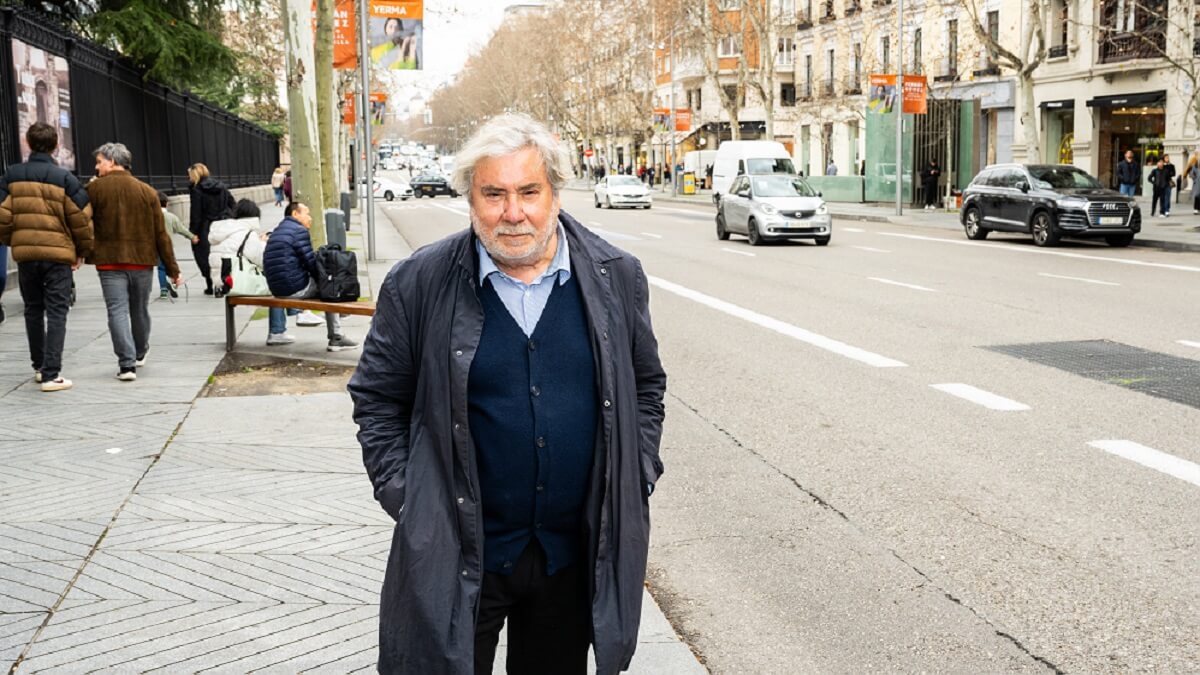
In this respect, what role does the Cervantes Institute play in Tangier society?
The Cervantes Institute is very important wherever it is, sometimes with more success and sometimes with less. It is undoubtedly a historical reference point for the city. It was founded in the 1990s. It was heir to the Spanish library, the Spanish casino, a cultural centre, even the headquarters of the Banco Exterior. The Cervantes in Tangier is a place of reference, of visits. Over the years, the number of students and the use of the libraries increased, and the student residence near the Institute and the Spanish College was recovered.
It currently has two branches, in Belgium Street and Sidi Mohamed Ben Abdellah Avenue. In one of them, there is an art room, and I decided to invest to improve the facilities such as the lighting; we also built a kitchen to teach Spanish gastronomy classes. Over the years, I have seen how interest in the Cervantes Institute has grown, not only from the people of Tangiers but also from the surrounding area. All this led me to see the possibility of opening a branch in Larache, a city of great beauty and a long Spanish past, but which was abandoned. We rented a historic building with very good conditions, a school run by Spanish nuns. The result was magnificent, we went from zero to everything. We offered courses, activities, the library?
Bearing in mind this Spanish past, the proximity, why has French taken over?
In Morocco, it's true that French has taken over, but in Tangiers it's different. Spanish academies have grown a lot in this city. We have a very powerful language in the world; Spanish is necessary. It is true that for political and administrative reasons French is the language of use, but in Tangiers Spanish has never been forgotten. And, although it may seem silly, it's not, you see a lot of television in Spanish, series, football... Without a doubt, the Cervantes Institute is fundamental for the teaching of Spanish.
Is there, then, an interest in learning and recovering Spanish?
The proof that the centre in Larache is working so well lies in the desire to improve Spanish and to get closer to Spain culturally.
Let's not forget that Al-Andalus is part of its history. There is also the Sephardic Jewish migration that settled in northern Morocco and in this city. The cultural and commercial presence of the Jews was and is very important. For example, the Alcazar cinema where Spanish films were shown, which belonged to a Jewish family, and which was half-abandoned, was sold and has been recovered. It is in the city centre. The Cervantes Institute also participated, we opened the programme with the director of photography José Luis Alcaine, who does not forget his origin, he was born in Tetuán, and began to love cinema by watching uncensored Spanish, French, Italian and American films. We made a marvellous film series. We have done many things in collaboration with local institutions. I am very satisfied because they gave me the "Medal of the City of Tangier". One day the mayor called me and told me. It was clear to me that the collaboration was good and necessary. The city has improved a lot, but it lacked the spirit of programming activities that would strengthen the link between the two existing cultures. Tangier is different from other Moroccan cities. Let's not forget that proximity. From my terrace you can see Trafalgar, Zahara... This collaboration had to exist.
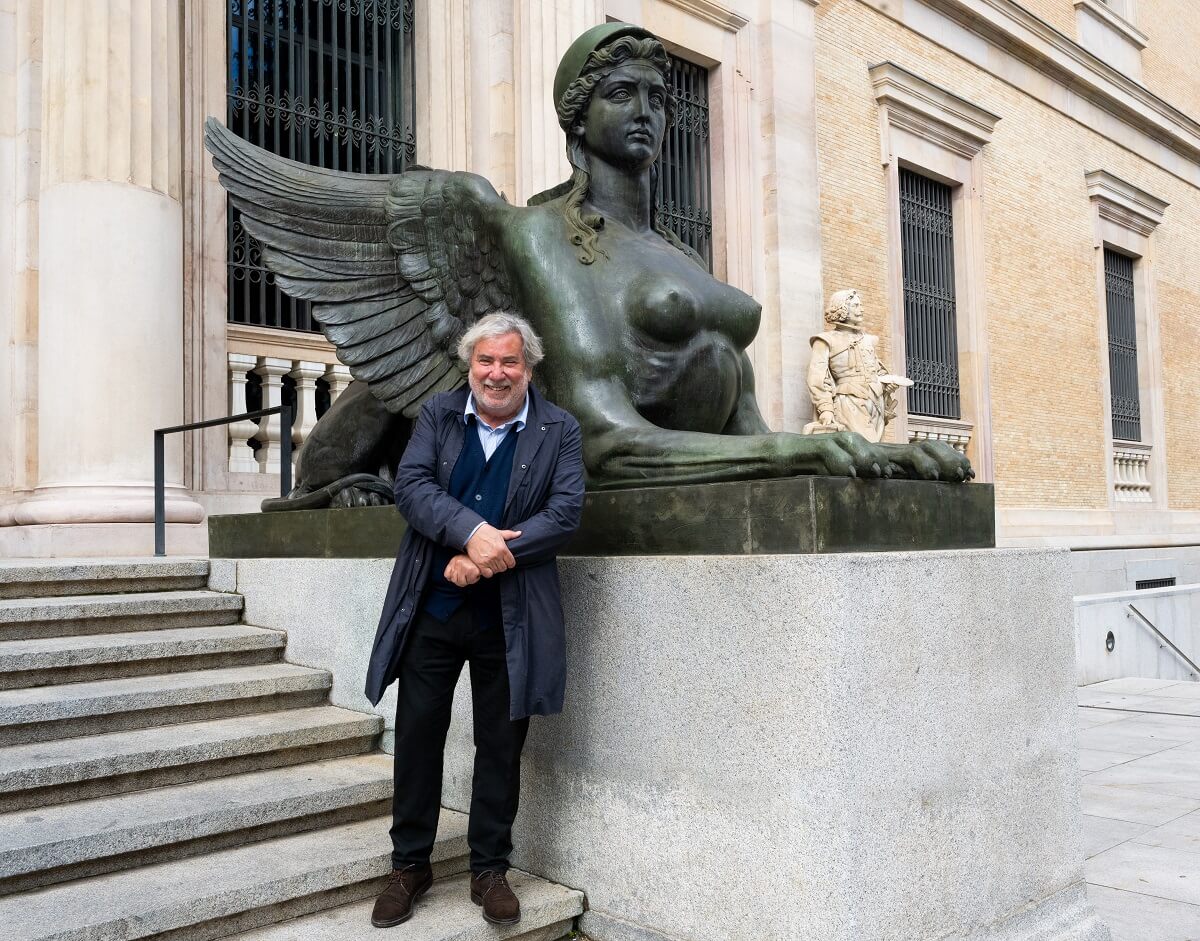
And what else would you highlight from this collaboration?
Of the activities programmed, flamenco has always been the most successful. It has something to do with Moroccan music. Also the presentation of books, local films, debates, talks, cookery courses..., but nothing like flamenco. At Christmas we organised a zambomba from Jerez and the success was tremendous, the space was too small and we went to the cathedral, which is Spanish, and we have a bishop. The most important project in Tangiers, when it was the centre of business, intrigues and interests, was the cathedral. Then, the Marquis of Comillas called a young architect called Gaudi to do the cathedral project. The Franciscans had great power, Father Lerchundi spent more than 30 years in Morocco. In the end, Gaudí's project seemed too modern and was not built. There is a lot of Spanish architecture in Tangiers.
When you filmed the documentary, "Tangiers, that old lady" (2001), with José Luis López Linares, did you think you would live there?
Not a chance (laughs). I came up with this documentary because I have always been surrounded by friends related to Tangiers: Eduardo Haro Tecglen, who was director of the newspaper España, Carmen Laforet, whom I greatly admired, the novelist Ramón Buenaventura, the painter José Hernández, Gloria Berrocal, Diego Galán... and I don't forget Emilio Sanz de Soto..., he was a nostalgic of Tangiers, he was an advisor for the documentary and the one who introduced me to an incredible person: Pepe Carleton. I wanted to do the exercise of getting close to the people of Tangiers. When you see the photos in Tangiers at the time, Truman Capote with Paul Bowles and his wife Jane, with the American aristocracy, you see a world that seems unreal, but it was real. Now it has become exaggerated mystification-mythification.
What remains of the Tangier of then in the Tangier of now?
When the documentary was made, it had more to do with the nostalgic recreation of a time that no longer is. The Tangiers of today has nothing to do with it; the memory remains, but neither the hotels nor the cafés, nor the taverns are what they were, they are something else, perhaps better, but another world. At the time of the documentary, Ramón Buenaventura said: "I was born in a city that no longer exists, in a country that was not yet". Let's not forget that today's Morocco was not formed until 1956. Pepe Hernández also said that the only thing he had of his Tangiers was a bit of land in the cemetery. They have the idea of his childhood, his youth, the climate, the aromas, the taverns, the elegant cafés... of that world in a Tangier with a lot of money, business, because it was tax free.
At that time, in Tangier, the newspaper España was very important for the peninsula, also during the Second World War. It was a demonstration of what Spain could have been but was not. In the editorial staff there were Falangists, communists, socialists, Christian democrats, liberals, anarchists... And that was possible in that Tangiers, a plural editorial staff fostered by Corrochano, who was director.
With the Tangiers of today, I am left with its evolution, its uniqueness, its strength to grow. It is a clean, well-kept, dynamic city, with a desire to do things, and I also want to continue doing them. Its Medina, the French and Spanish quarters, which are less known... Now there is Tangier Med, with many Spanish companies. All cities change, just as Madrid has changed.
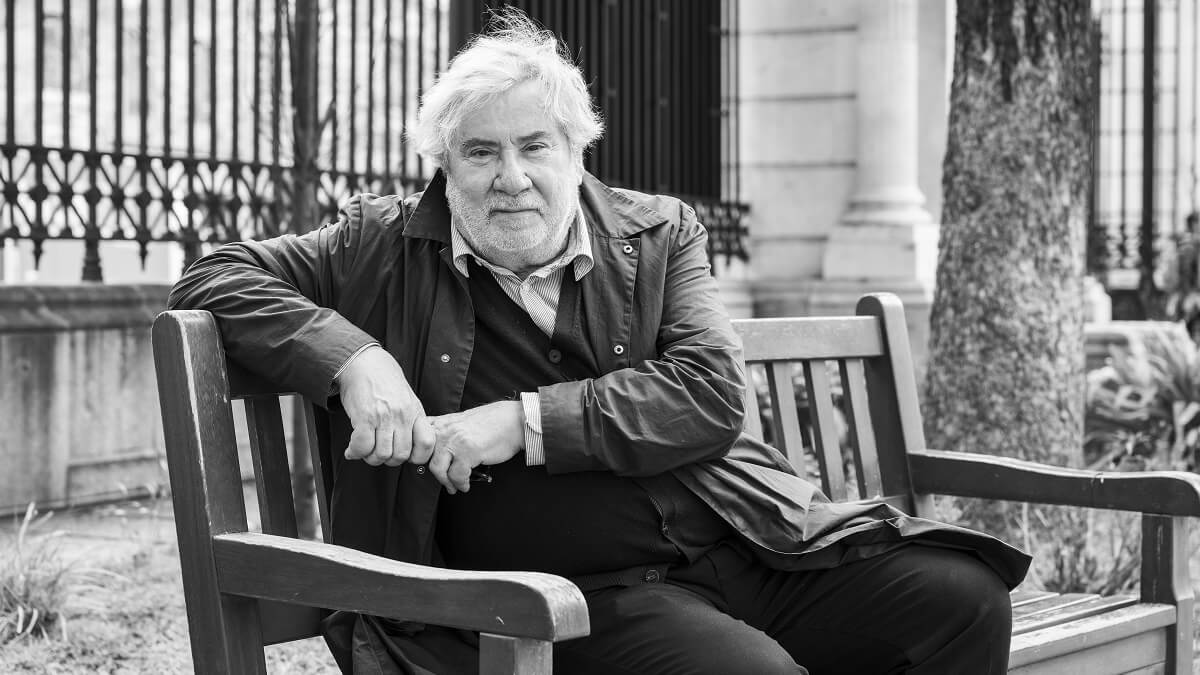
A plurality that you sought in the documentary "Extranjeros de sí mismos" about the civil war. If you were filming now, what character and period would you choose?
It would be interesting, and I don't rule it out, a documentary about the painter José Tapiró, a friend of Fortuny's, who died in Tangiers in 1913, where he lived and set up his studio. I am interested in the people, how they have overcome that nostalgia and live the Tangiers of today, how they have adapted. The Jews were very important in this city, a prominent bourgeoisie was created, but everything has changed. I have friends from three and four generations who have kept the memory, but they have adapted to the new times. The Tangiers that has survived nostalgia, that would be my theme. I confess that I'm a bit fed up with those novels that deal with the myth of Tangiers, but they don't know how to recreate it, they talk about the wrong references. There are excellent novels like "El año que viene en Tánger", by Ramón Buenaventura; and others, very bad ones, and I won't name names.
Another great character for a documentary is Antonio Pérez and his curiosity. When I was young I studied in Paris, I met him there, then he went to Cuenca, where he was also with Saura. I always go back to Cuenca when I can, the Contemporary Art Centre is wonderful. One project I am going to do is to tell the history of this country through Massiel; also that of the mythical Cock bar in Madrid and its century of life, not even Chicote existed; and the early years of Dolores Ibárruri, until the war. In short, I want to keep writing, keep making films, keep... going to war.
And of the characters in your documentaries: Trotsky, Lorca, Buñuel, Enrique Herreros, Alberti... Which one do you choose?
One of the documentaries I like the most and which has been seen the least is "Alberti para caminantes" (2003). It was offered to Garci, but he said he didn't want to direct it; he produced it. I'm very critical of myself and I don't like to see my own things, but, due to circumstances, I saw it recently and I'd like to take it up again. The ownership of the image belongs to María Asunción Mateo, his widow, I want to talk to her, and I hope we can come to an agreement and that it can be seen again.
Let's go back to Tangiers, to one of those days when you need solitude and walking. What is your route?
I like the Medina, walking through the Kasbha. Also the route through the city that modernised, the one that grew in the 20s, 30s, 40s, around the boulevard, going down towards the beach road, what was the old Spanish quarter, through the church of the Sacred Heart, where we paid homage to José Luis Sampedro, and you can see a chapel with the work of a wonderful painter, almost forgotten, Julio Ramis, whom Miró admired, who was a teacher at the Tangiers Institute.
Next door is the Kent gallery of contemporary art, which is owned by a Spanish Moroccan, and has that mixture of the two cultures. I would go towards the old port and walk towards the small souk, which is like Sol in Madrid in the 1920s, full of cafés and people, I would walk slowly up through the Medina and down Calle Italia, which has a lot of flavour. I would stop at the last bars and taverns such as Cosmopolita, which is very small, with its bullfighting poster, or Casa Pepe. My tour is one of Spanish nostalgia, not a nostalgic exercise, but to see what can still be recovered.

When you close the door of the Cervantes Institute in Tangiers, what other door do you want to open?
The door I have always had open, ever since I can remember, since I was young, and I don't want to close it, is the door of curiosity.


